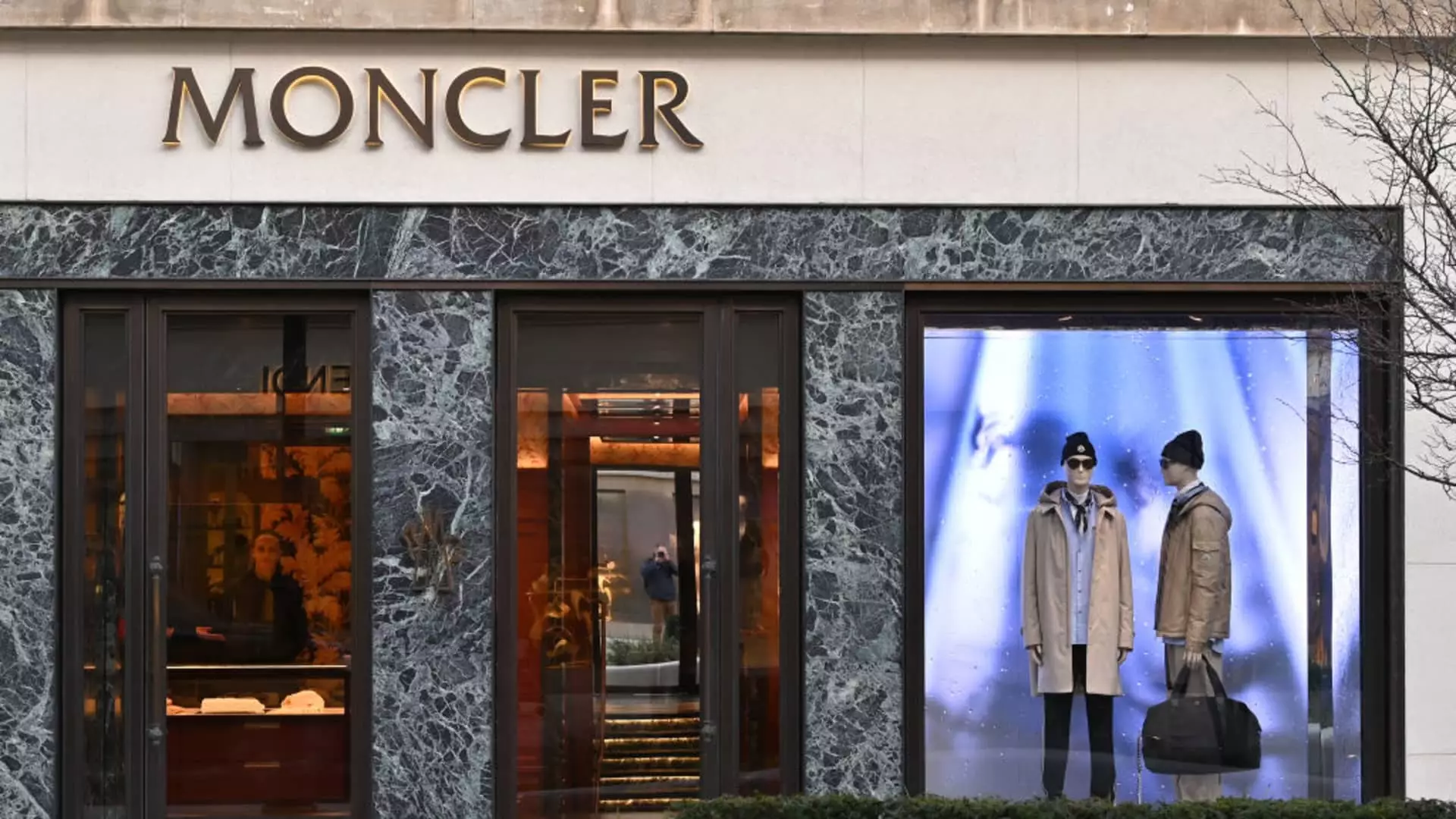Moncler’s recent strategy of implementing minimal price increases to combat rising tariffs is a classic example of a luxury brand attempting to preserve profit margins in turbulent economic times. However, this approach, characterized by “very slight price increases,” risks offering only temporary relief. It assumes that consumers, despite inflation and economic hardships, will remain loyal and willing to pay more. History has shown that price hikes in the luxury sector can backfire if not managed carefully, particularly when the economic landscape is volatile. The company’s reliance on incremental adjustments signals an underlying insecurity—an acknowledgment that it is treading a thin line between maintaining exclusivity and alienating its core clientele.
This incremental luxury pricing strategy also raises questions about the long-term sustainability of Moncler’s revenue growth. Consumers are becoming increasingly discerning about what they pay for, especially as economic pressures intensify globally. If customers perceive that prices are rising without tangible enhancements in product value or experience, the brand risks eroding its perception of exclusivity. Moreover, with the broader economic environment—marked by rising inflation and potential recession fears—such cautious pricing maneuvers may prove inadequate, forcing Moncler into a reactive rather than proactive stance.
The Cautionary Delay: Store Openings and Market Confidence
Moncler’s hesitation to commit fully to its expansion plans for 2026 reveals a deep sense of caution rooted in macroeconomic uncertainties. The company’s assertion that it maintains “some flexibility” in its retail expansion indicates a nervousness about overextending itself in unpredictable markets. This conservative approach is paradoxical for a luxury brand that often relies on aggressive growth and strategic presence to fuel desirability. Postponing store openings is a prudent move, but it also signals a potential pause in the brand’s growth momentum, which could have negative implications for consumer perception and market positioning.
More telling is the company’s acknowledgment that broader economic trends—including exchange rate fluctuations, consumer spending hesitations, and geopolitical tensions—are influencing decisions. The luxury sector’s recovery is inherently fragile; it is heavily dependent on consumer confidence, which is now inconsistent across key markets like the U.S., China, and Europe. Moncler’s cautious stance underscores the vulnerability of high-end retail to macroeconomic shocks and reminds us that the sector’s growth is not guaranteed by brand reputation alone.
The Impacts of External Turbulence on Growth and Revenue
The latest financial figures highlight the precariousness of Moncler’s current position. A slight dip in quarter-on-quarter sales—down 1% at constant exchange rates—indicates that even established luxury brands are not immune to external shocks. Notably, tourist flows, a vital artery of revenue, especially in Europe and Asia, have weakened, underscoring the sector’s dependency on global mobility and international spending habits.
The 5% uptick in U.S. sales might seem positive on the surface, but the company’s uncertainty about whether that spike is driven by consumers rushing to buy before tariffs increases reveals deeper anxieties about the sustainability of growth. It suggests that strategic buying patterns are shifting, possibly fueling short-term, not long-term, demand. Meanwhile, flat sales in Asia and declines in EMEA signal a challenging environment for monolithic luxury narratives that overly depend on specific markets.
Furthermore, currency fluctuations, such as the yen’s instability, introduce additional complexity into the profit calculus. This financial noise makes it harder for Moncler to strategize confidently, forcing it into a defensive posture rather than a visionary one. These external shocks illuminate the fundamentally fragile nature of luxury growth models heavily intertwined with global economic currents.
The Narrow Path Forward: Balancing Wealth, Caution, and Consumer Trust
In many ways, Moncler’s situation exemplifies the tension in modern luxury retail: balancing the desire for exclusivity and premium pricing with the need for consumer loyalty in an increasingly uncertain world. While the brand’s leadership floats the idea of cautious price adjustments and delayed store openings, this highlights an implicit recognition—luxury consumers are less tolerant of perceived price gouging, especially when economic margins tighten.
A robust, confident growth plan must go beyond reactive measures like minute price hikes and delaying expansion. It requires the brand to deepen its engagement with consumers, reinforcing value, craftsmanship, and meaningful innovation in its products. Luxury’s true strength lies not just in scarcity or price but in emotional connection and perceived worth. Moncler’s current strategy, fraught with hesitations and external dependencies, risks weakening this connection.
The luxury landscape is evolving rapidly, driven by shifting consumer values and broader economic realities. Moncler’s cautious approach may serve as a temporary shield, but without bold, clear strategies grounded in genuine value creation and adaptive marketing, it risks losing relevance. In the end, true resilience in luxury depends on authenticity and the ability to navigate economic storms without sacrificing core principles—something Moncler must learn quickly if it hopes to sustain its stature amidst chaos.

